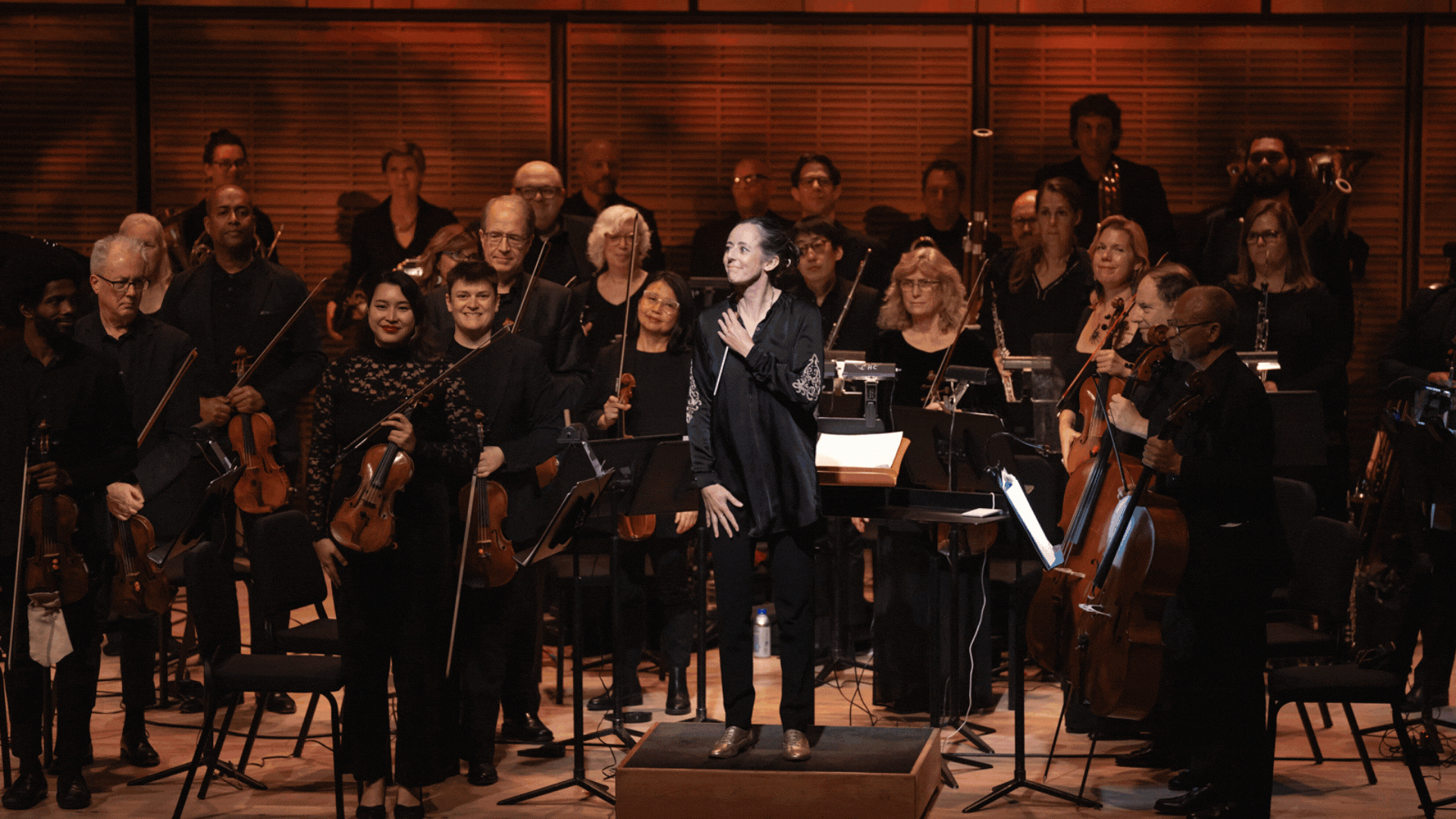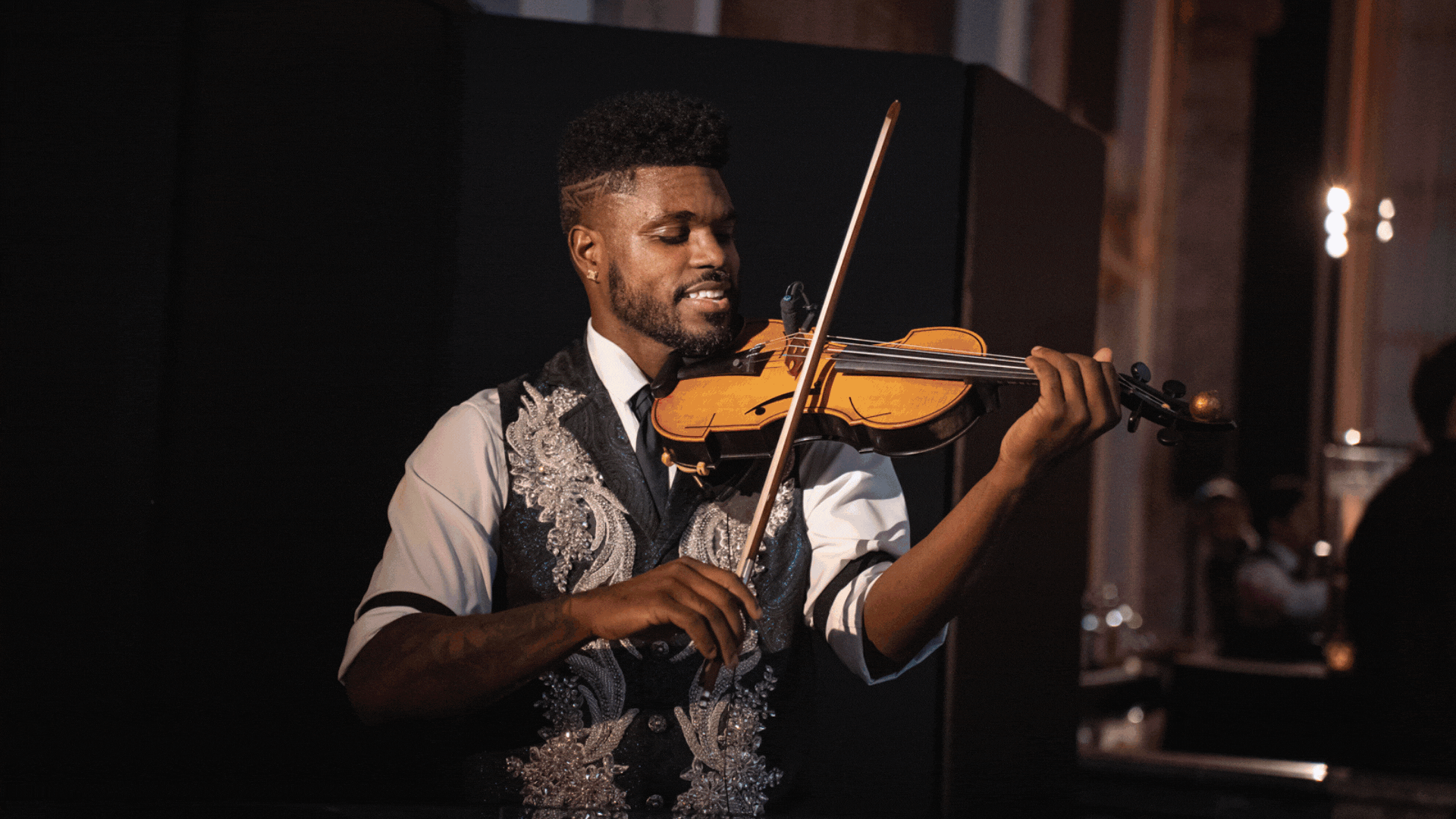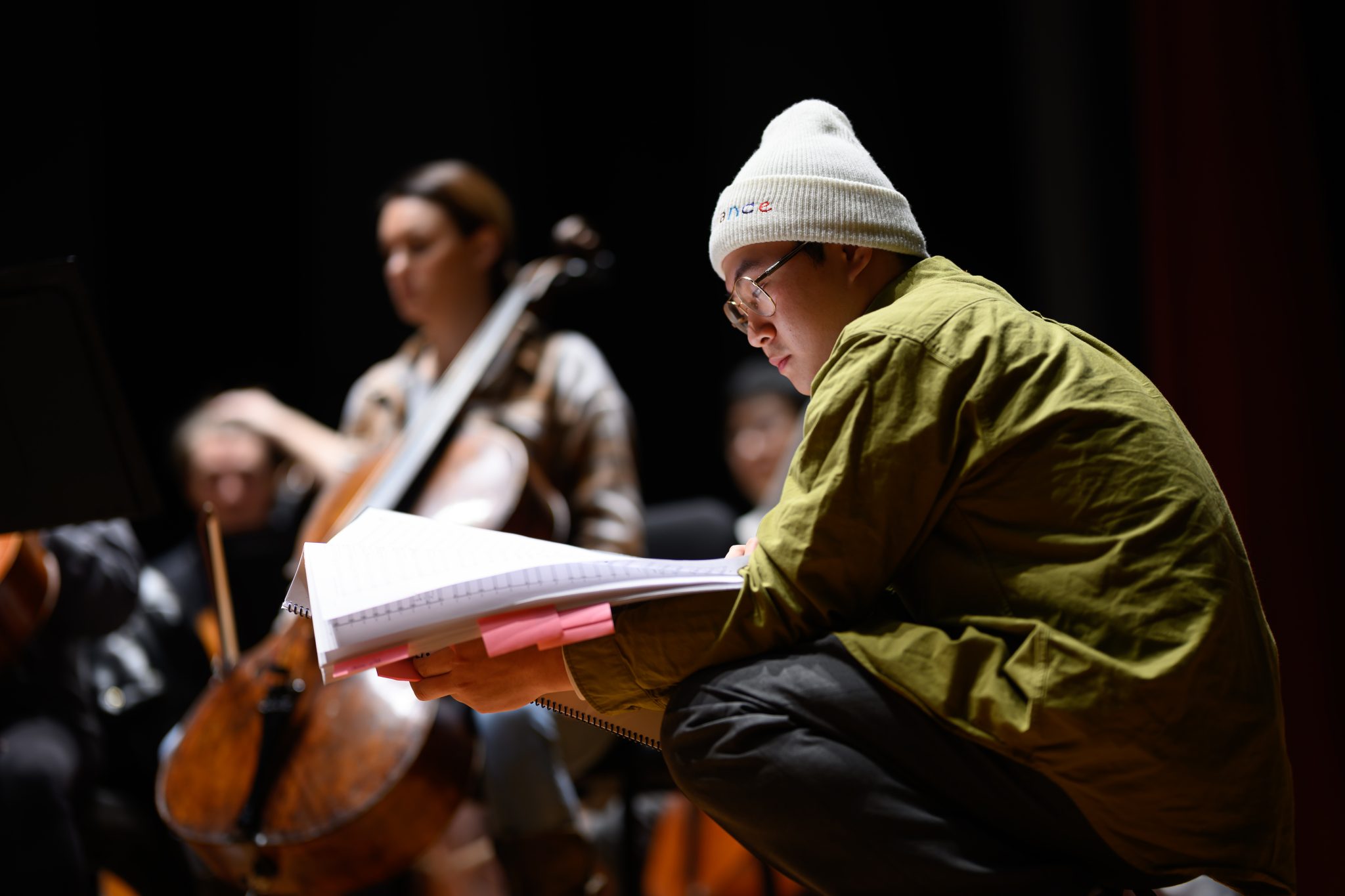Jazz Composers Orchestra Institute Readings: Composer Spotlight - Ethan Helm
New York-based saxophonist and composer Ethan Helm makes music that blurs the boundaries between jazz and concert music, creating points of sound where diverse traditions become inseparable. Ethan has composed and arranged for jazz ensembles, indie rock groups, and dance; he has performed at the Umbria Jazz Festival, the Kennedy Center’s Millennium Stage, and throughout the United States and Canada. Ethan grew up in a musical family in Southern California, and holds degrees Eastman School of Music and New York University. Ethan participated in last summer's Jazz Composers Orchestra Institute Summer Intensive and was selected for the JCOI Readings, Thursday, 7:30pm at Miller Theatre, Columbia University with his piece The Glorious Train Ascending.

Saxophonist and composer Ethan Helm
American Composers Orchestra: Can you talk about the challenges of writing jazz music and other non-traditional forms for orchestra? What do you believe is the biggest payoff?
Ethan Helm: The biggest challenge for me has been the translation of language. Orchestral and jazz music have their own separate goals, but use the same building blocks of music, as well as similar instruments and notation, to achieve their goals. A trumpet part that is a page of eighth notes without dynamics or articulation will sound very different in the context of a jazz group than the context of an orchestra. For example, I wanted some sections of my piece to have the dodging, diving motion of bebop, which I would typically notate in eighth notes. To translate this to an orchestra, I decided to use more complex combinations of rhythms to exaggerate the effect, reasoning that a much bigger ensemble than a jazz quintet, playing in a hall much bigger than a jazz club, will “smooth out” eighth notes and dull the accents in the musical line.
The obvious payoff of these readings is that I get to hear my and my fellow participants’ pieces played by an incredible orchestra. But also, working on this piece has planted some creative seeds in my brain, and it will be exciting to hear how these concepts are interpreted by other musicians, so I can continue to explore them in the future.
ACO: You write that your piece showcases the rich and masterful rhythmic jazz traditions that have found their way into symphonic music. Can you talk about any specific rhythms the audience will hear and why they are, as you put it, so transcendently beautiful?
EH: The piece is based on foundational rhythmic patterns of jazz, and from these the audience will hear very familiar forms: a syncopated big band shout chorus, a drum set playing a traditional swing beat, or a walking bass, for example. The element of swing is relatively easy to identify as a listener, but much more difficult to actually define in words or on paper. Sometimes we notate it as triplets, sometimes as dotted-eighths and sixteenths, oftentimes as eighth notes and just specify in writing, “swing.” And none of these solutions actually notate the rhythm perfectly, because there is no answer. At least, not if we define swing as just one perfect repetition of a pattern. I say jazz rhythm is “transcendent” because in order to understand its nature, we must resist our very human desire to quantify, to capture on paper and not worry about it changing. When I listen and play this music, it feels like I am being called to think and feel on a higher level, to embrace a religious type of Mystery, and understand that the essence of this thing we call “swing” is never revealed all at once, but only in its many fluctuations through time. I wanted to evoke this feeling of mystery in motion using the resources of an orchestra. The audience will hear stalwart forms of jazz composition, but they will be stretched and modified throughout the piece, until they are unrecognizable, and their functions will be constantly shifting, as well. The orchestra will reveal the ever-changing nature of jazz rhythm in dimensions I could never reach as a saxophonist in a jazz quartet. I realize this is a lot of meaning to impose on a rhythm, but I spend a lot of time thinking about this!
ACO: What are you looking forward to about the readings?
EH: Well, I will take any opportunity to be in the room with the faculty of JCOI again, as they are all musical heroes of mine. I also look forward to reconnecting with my fellow participants, who are now friends whose own work inspires and challenges me. It will also be a rare pleasure to listen to my work performed without me also up there playing. I will get to listen to my writing very closely without any other distractions, for better or for worse. Although it’s also a little unnerving, because if the piece is a disaster I won’t be able to just focus on my saxophone part, I’ll have to listen to the whole thing.
ACO: What has your experience in the Jazz Composers Orchestra Institute been like so far?
EH: JCOI has felt like one of those perfect communities that blends the right amounts of encouragement and challenge for optimal artistic growth. Most of what we do involves solitary work at a desk, or performing in a depressingly empty bar on a Tuesday evening. So to be surrounded by my musical heroes, and to meet so many other people with similar musical ideas and interests, has been a unique and important experience for me.
Follow Ethan on Facebook, Twitter, Instagram, and Soundcloud
www.ethanhelm.com
Corporate gifts to match employee contributions are made by Goldman Sachs, Deutsche Bank, Triton Container International Incorporated of North America, and Neiman Marcus.
Public funds are provided by the New York City Department of Cultural Affairs in partnership with the City Council, and the New York State Council on the Arts with the support of Governor Kathy Hochul and the New York State Legislature, Office of Brooklyn Borough President Reynoso, and the National Endowment for the Arts.






